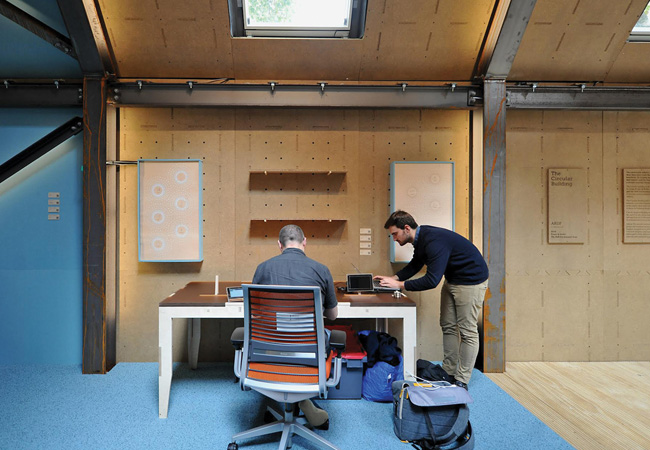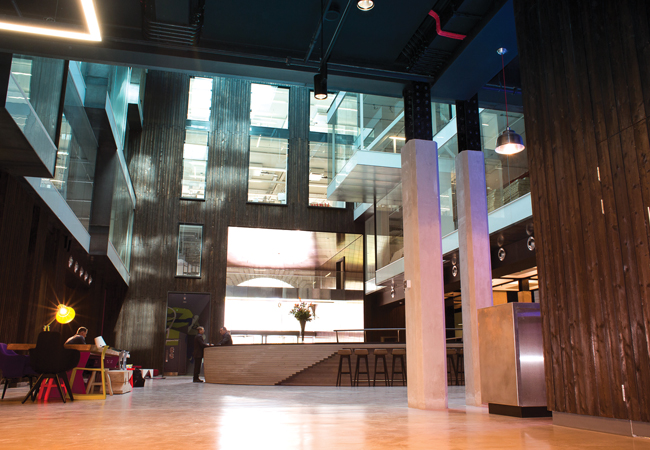
As most building services engineers know, for a building to perform well it needs to be considered, designed and commissioned holistically, as a single, unified entity. For example, daylighting can’t be designed without understanding its effect on overheating and the ventilation required to mitigate it – and ventilation needs to be considered alongside acoustic performance and the controls needed to manage it. The loop goes on and on.
In other words, lighting, heating, cooling and acoustics cannot be designed effectively in isolation – they are interconnected. Yet that is what most schools’ design guidance asks – teams must deliver design performance criteria without any regard for how these requirements impact on other aspects of performance. There is no flexibility for interpretation and adaptation, and – crucially – the guidance allows no alternative routes to compliance by proving in-use performance.

The consequences of this lack of integrated design is clear in a report from RIBA that analysed 129 schools’ post-occupancy evaluations (POEs), 30 of which had extensive technical data. This review of case study data showed that designers were forced to come up with technologically complex solutions to meet the design guidelines, and this was leading to operational difficulties.
Problems included excessive electrical energy consumption, high base loads (40-60% of energy consistently being used out of hours), lack of controllability, overheating and poor comfort, and a large number of technical devices being either disabled or abandoned because they were too burdensome for the school to manage.
A frequently noted clash was where schools pursued mechanical ventilation to meet acoustic and overheating targets (Building Bulletins 93 and 101). To comply with Part L with this level of servicing, engineers had to rely on complex building management systems (BMSs) to ensure the theoretical efficiency in their designs, and often added at least one low-carbon generation system to offset operational carbon emissions.
The complexity of servicing in these buildings resulted in caretakers and facilities managers (FMs) being quickly overwhelmed, so operational efficiency was likely to be compromised.
Complex controls
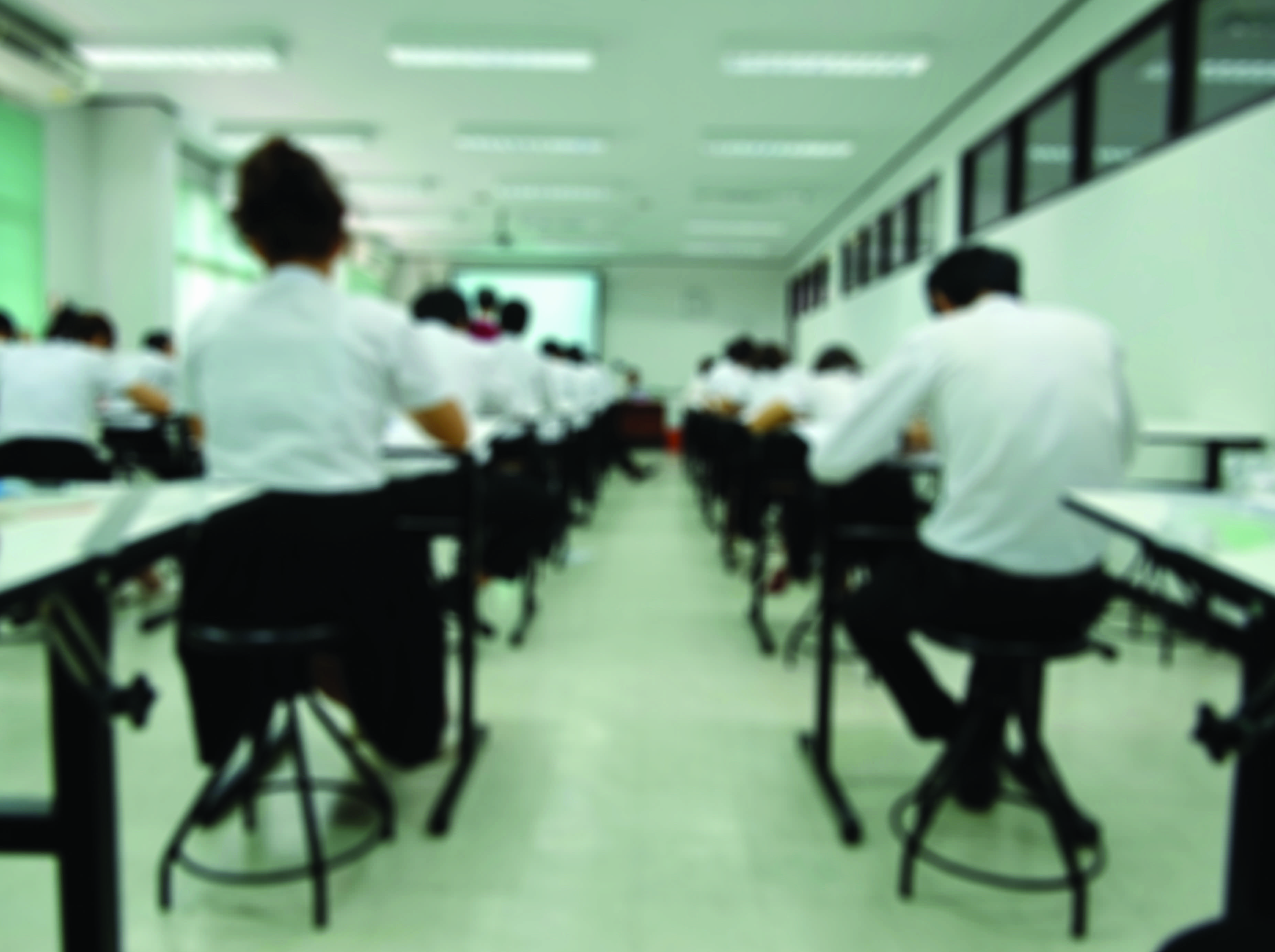
The complexity of BMSs was often the reason for schools’ high energy use and operational costs, and modifying the systems to enable more efficient operation was not a straightforward task. Furthermore, complexity made it difficult to monitor and understand the energy use within a number of school buildings – despite the technology being supplied to enable exactly that. Only 18 of the 30 studies had good enough data to be able to understand energy use with confidence.
Nearly every case study noted significant controls faults, ranging from inaccurate sub-metering to scheduling, optimisation and setpoint errors. Many FMs and caretakers were ‘locked out’ from making critical adjustments and corrections, and manual override controls – even basic light switches – were non-existent.
Of seven schools monitored by one consultant as part of the Innovate UK Building Performance Evaluation (BPE) programme, not one had a fully operational BMS – and, most case studies noted that school staff lacked the technical skill to operate them.
Low carbon systems
Many renewable systems experienced significant downtime or operational problems throughout their POEs, with some being abandoned or decommissioned – leaving the anticipated carbon emissions reductions undelivered, despite the capital investment.
Guidance would benefit from focusing on the need for school buildings to ‘simply work’
Simplicity is key
Nearly every project reviewed said building services and their controls should be kept as simple as possible, with complexity ‘designed out’, especially when the client is unlikely to have the staff to manage complicated systems. Four case studies had more meticulous approaches to integrated passive design that minimised and simplified the reliance on active building services and controls. These reported less variation from anticipated performance and better manageability. Even among the ‘fabric first’ case studies, all noted areas where technology could have been simplified or designed out to offer improved performance.
Redefining collaboration
The tensions between competing requirements gave an insight into what would work better in school buildings. There is clearly a need intelligently to choose – or reject – environmental performance targets in the development of the brief, to enable effective passive design and less reliance on mechanical and electrical (M&E) solutions.
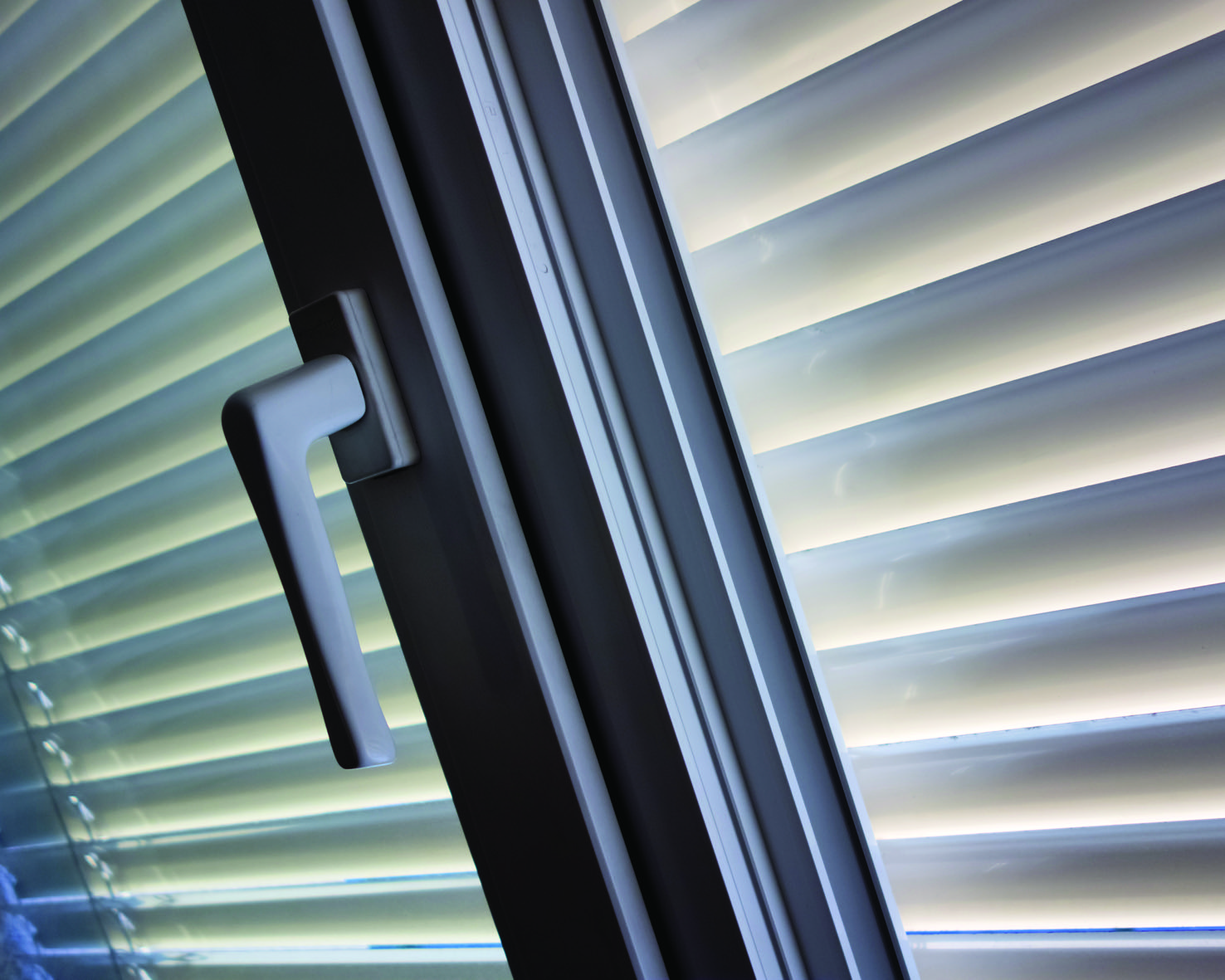
Guidance would benefit from focusing on making school buildings ‘simply work’. At the moment it is perpetuating a quagmire of complex specifications. Shifting the legislative focus from design to operational targets may remove some barriers for design teams, enabling them to use evidence-based learning to inform design decisions.
Case studies repeatedly highlighted a lack of understanding among designers of the scale of the risks associated with embedding complex services in buildings with limited technical staff. This was largely attributed to insufficient, industry-wide mechanisms for feedback on in-use performance; ‘industry-wide’, in this case, clearly needs to include those who write and specify the performance guidelines and targets. Technical designers will be pivotal to design teams achieving good in-use performance, and they – and engineers – need to be engaged early in the process; this will enable them to hone the building strategy and balance the range of interrelated performance criteria that schools must deliver to produce a physically – and fiscally – healthy schools estate.
Seeing the light
Architype’s St Luke’s C of E Primary was one of the most successful examples of pragmatic and functional daylight design among the case studies. It employed variable levels of daylight within the classroom, with whiteboards in darker, shaded areas, and desks in brighter areas, nearer windows. Good zoning and control enabled users to minimise how much electric lighting they used, which worked very well in practice.
There were no blinds, and occupants liked the quality of light. This was achieved, however, by choosing not to pursue the Breeam credit for daylighting (HEA-01), the simulation-determined requirements of which can drive excessive glazing ratios. Architype verified and improved upon this earlier design strategy with independent POE feedback, to further reduce glare and improve functional daylight. It has stopped pursuing this credit for schools, and continues to design non-uniform daylight levels. It now uses a minimum sill height to control overheating and consequential ventilation requirements.
Lighting tended to be one of the highest uses of energy in all the studies, despite the majority of schools having advanced controls such as daylight sensing and occupancy sensor control. These were often noted as being poorly commissioned.
Critical barriers to good design
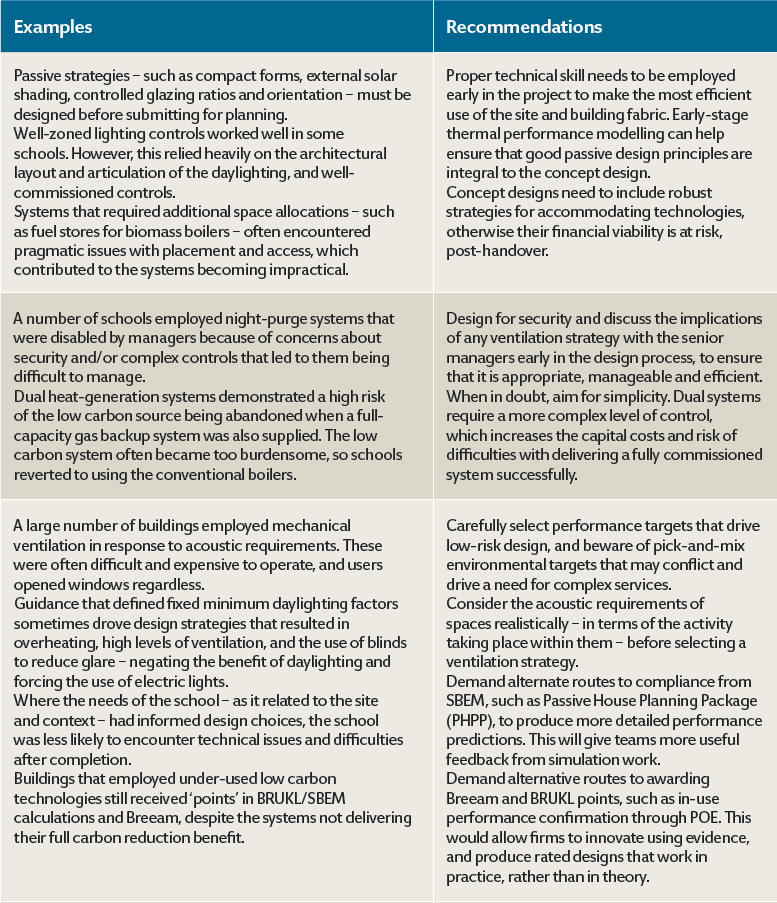

Lisa Pasquale is a director at Six Cylinder and a CoRE Retrofit Coordinator


